Tape Reading and Market Tactics
$21.49
| Author(s) | |
|---|---|
| Product Type |
Ebook |
| Format |
|
| Skill Level |
Intermediate to Advanced |
| Pages |
235 |
| Publication Year |
1931 |
| Delivery |
Instant Download |
Tape Reading and Market Tactics by Humphrey B. Neill is one of the most enduring and insightful guides ever written on the psychological and tactical aspects of trading. Published in 1931, this classic reveals how a trader can read the “tape” — the continuous flow of price and volume — to interpret market intent, momentum, and manipulation long before computers and indicators existed.
Neill, who later became famous as the founder of Contrary Opinion Theory, teaches that the tape is a mirror of human behavior: fear, greed, and crowd emotion recorded in price and volume movement. He explains how to recognize accumulation, distribution, and reversal points by analyzing the rhythm of transactions and the character of the market itself.
More than just a manual on tape reading, this book is a psychological and tactical education for traders. Its lessons in discipline, observation, and independence are as relevant to today’s electronic markets as they were in the age of ticker tape.
✅ What You’ll Learn:
- The foundational principles of tape reading and market behavior.
- How to interpret price–volume relationships for early signals of strength or weakness.
- The difference between speculation and gambling, and how to trade with a plan.
- How to identify accumulation, distribution, and exhaustion through market rhythm.
- The psychological dynamics of crowd behavior and trader sentiment.
- How to build judgment and discipline through daily market observation.
💡 Key Benefits:
- Develop the ability to “see” market intent directly through price and volume.
- Strengthen decision-making through objectivity and observation.
- Learn the tactical mindset of professional traders before modern indicators existed.
- Gain practical tools for recognizing turning points and trend changes.
- A timeless trading education that sharpens intuition and confidence.
👤 Who This Book Is For:
This book is ideal for price action traders, technical analysts, and trading psychologists who value direct observation over mechanical systems. It’s especially suited for traders seeking to refine their intuition, understand market psychology, and develop real-time awareness of price behavior.
📚 Table of Contents:
- The Meaning of Tape Reading
- The Psychology Behind Market Movements
- The Trader’s Mind and Methods
- Identifying Strength and Weakness
- Trading Tactics and Decision-Making
- Crowd Behavior and Market Manipulation
- Risk Management and Capital Discipline
- Lessons from Real Tape Examples
- Building a Routine of Observation
- Mastering Patience and Independence
Tape Reading and Market Tactics By Humphrey Bancroft Neill
6 reviews for Tape Reading and Market Tactics
Clear filtersOnly logged in customers who have purchased this product may leave a review.

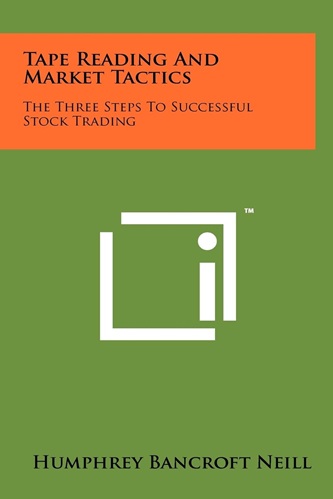
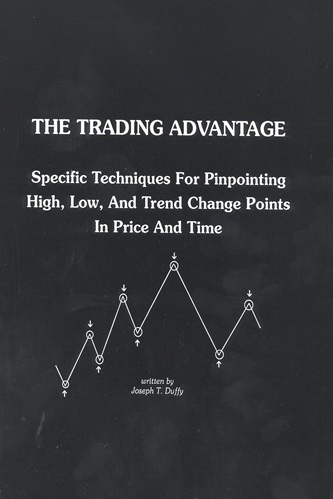
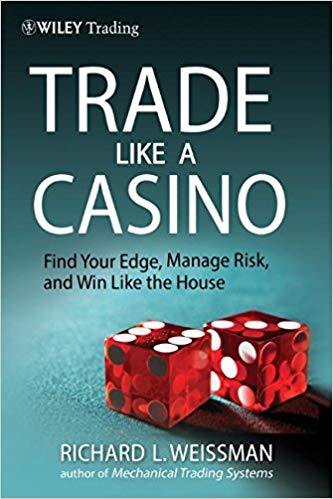
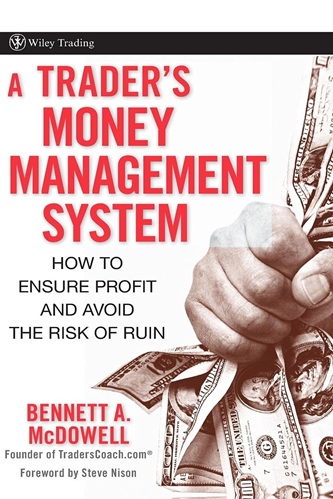
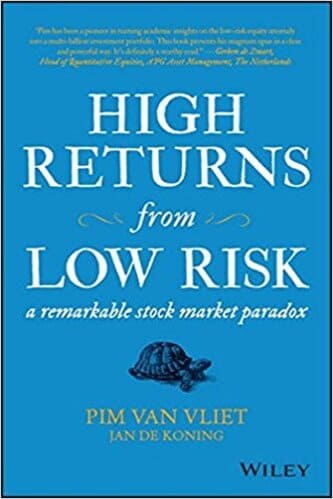
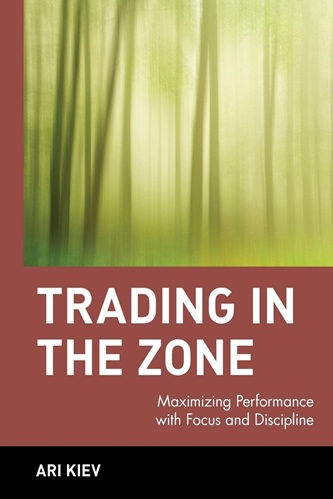
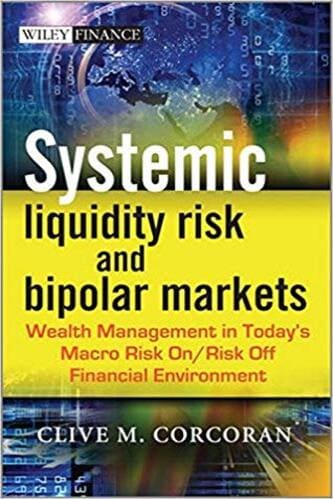
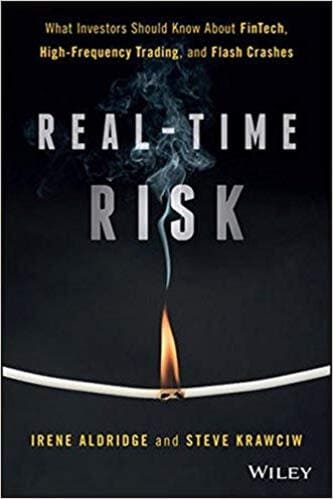
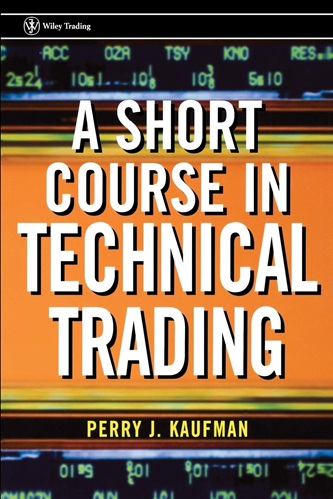
Jamal Novak (verified owner) –
Old time tape reading described in a text written in the 40’s that proves basic price/volume relationships still apply. Good reading.
Lincoln Costa (verified owner) –
The príncipes of tape reading and the prive x volume worth a read. But the rest of the book are worthless in today markets
Haisley Flores (verified owner) –
If you are looking to understand what tape readers used to do, the tape readers that would sit in front of ticker tape and trade from that, this book has nothing to do with that. Tape reading used to be done by day traders, I have no clue as to why this book is called “Tape Reading,” when
A) At the very introduction of the book he shuns day traders.
B) The subject deals with medium to long trends which lasts weeks to months.
So to re iterate, if you are looking for how to on tape reading, I would not get this book, if you want a larger education on overall different types of trading, then this can be a nice addition.
Kaiya Farmer (verified owner) –
This is an old school book. Literally, written in 1931. Much of it is outdated but if you’re a student of this kind of stuff, it’s a decent read. In truth I would have rather taken it out of the library – it’s a one-time read at best – but my library system didn’t have it. (Not surprising given its age and niche focus.) Not anywhere near as good as Reminiscences of a Stock Operator.
Walter Ray (verified owner) –
if you are smart and care about understanding why the big cats buy and sell the stocks .. you’ll enjoy this book.
Ruth Benton (verified owner) –
No, it’s not really a compelling read, or written in a flowery or dramatic way. That’s not the point however. There is one really essential lesson to be learned in this book, and that is the relationship volume has and it’s potential impact on stock prices. Heavy volume and stock’s moving up? How about heavy volume and stock staying in a tight trading range? How about low volume and stock’s moving up? How about low volume and the stock’s dropping in price? Is there a difference between heavy and super heavy volume? Can volume spot a market bottom or top? If so, how? This is an old book but the lessons are as relevant today as they were decades ago. The author gets to the point and gives a case study to teach his volume assumptions in motion.